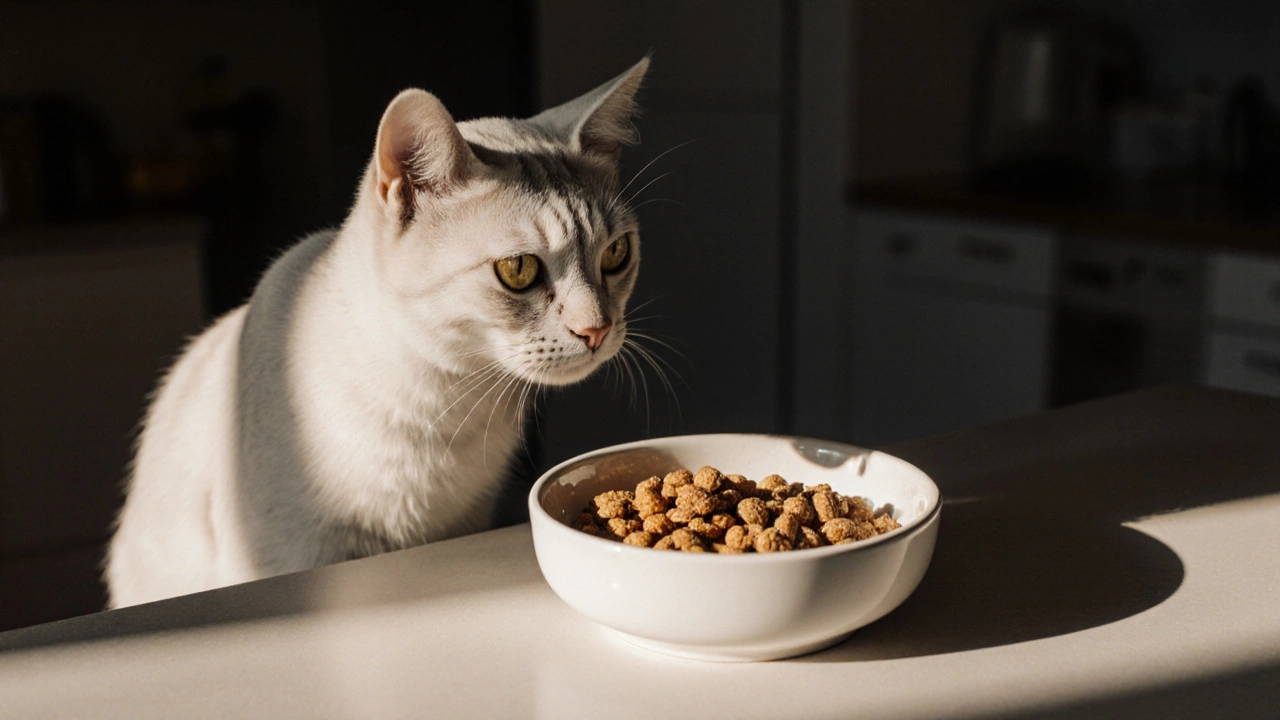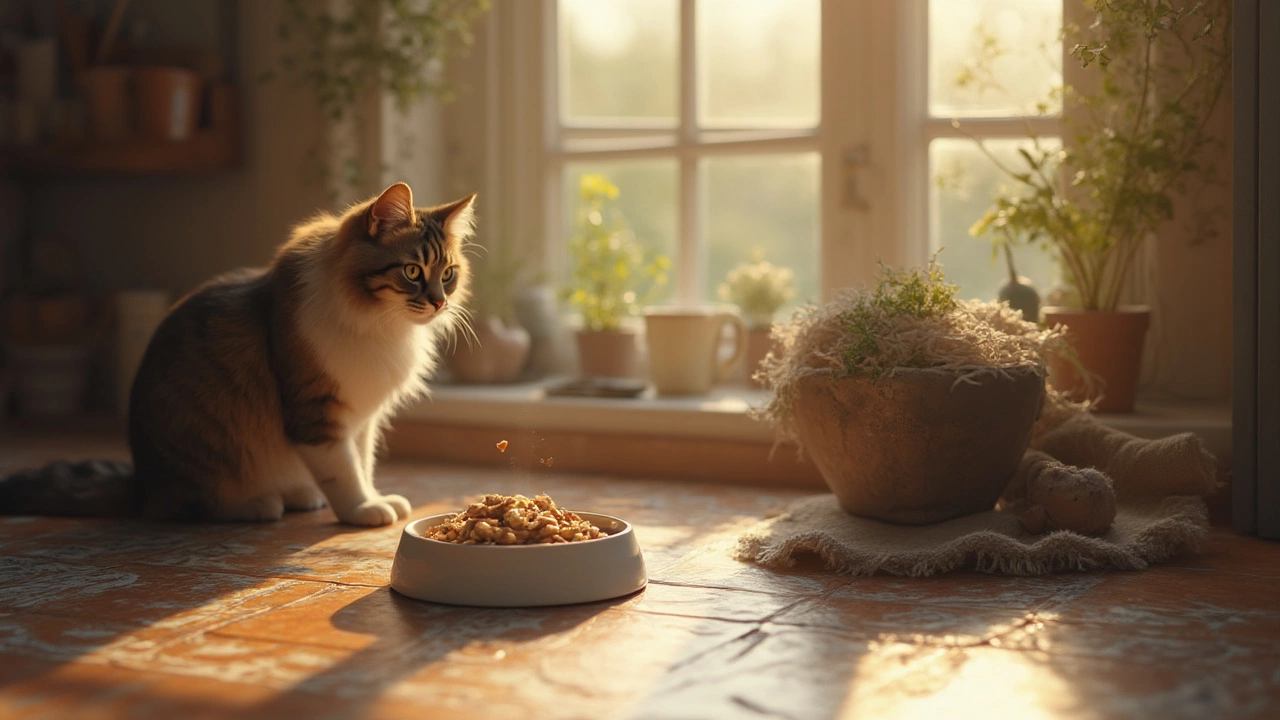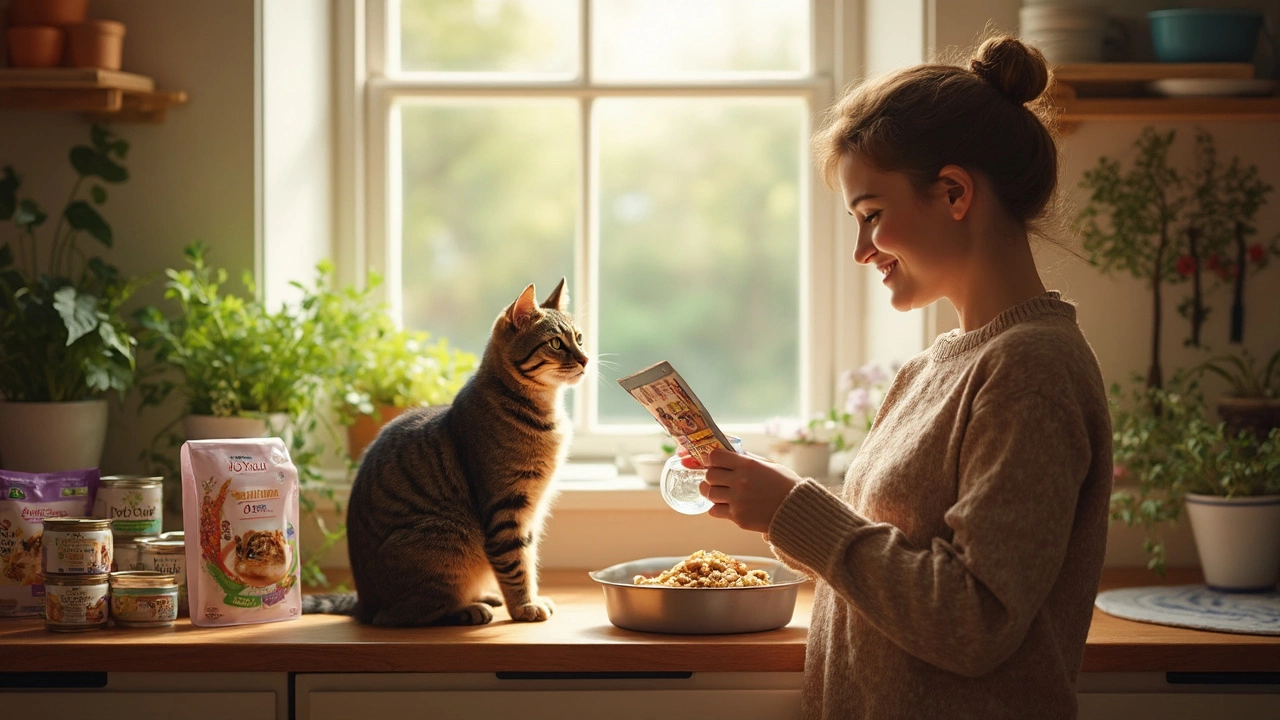Feeding Cats Made Simple: What Every Cat Owner Should Know
Ever stood in the pet aisle wondering which bag of cat food is actually good for your whiskered friend? You’re not alone. Feeding a cat isn’t rocket science, but a few solid basics can stop the guesswork and keep your cat thriving.
First off, think about life stage. Kittens need food packed with extra protein and calories, while adult cats do fine on a balanced maintenance diet. Senior cats often benefit from softer biscuits or wet food that’s easier on teeth. Matching the right formula to your cat’s age cuts down on unnecessary health trips.
Dry vs. Wet: Which One Wins?
Dry kibble is cheap, lasts forever, and helps keep teeth a bit cleaner. The downside? Some brands hide fillers like corn or wheat that add carbs without real nutrition. Wet food, on the other hand, mimics a cat’s natural prey diet—high moisture and protein. It’s great for hydration, especially if your cat doesn’t drink much water.
Best practice? Mix both. Offer a small portion of wet food at lunch and leave dry kibble for the day. This gives variety, covers nutrition, and keeps your cat from getting bored.
What to Look Out For on the Ingredient List
Read the label like a detective. First ingredient should be a real meat name—chicken, salmon, turkey—nothing vague like "meat meal". Avoid foods that list grain fillers, by‑products, or excessive additives. If you see artificial colors or flavors, skip it. Cats are obligate carnivores; they thrive on animal protein, not plant junk.
Some hidden culprits show up as "animal digest" or "protein isolate". These can be low‑quality sources that don’t give your cat the amino acids it needs. Stick to brands that are transparent about sourcing and that have undergone feeding trials.
Portion sizes matter too. The bag’s feeding guide is a good starting point, but adjust based on your cat’s activity level and body condition. If your cat looks slim, add a bit more; if he’s packing on extra pounds, cut back a little.Free‑feeding—leaving food out all day—might work for some cats, but it can lead to obesity and waste. A set schedule of two meals a day lets you control calories and spot any changes in appetite quickly.
Don’t forget treats. They should be less than 10% of daily calories. Choose grain‑free, high‑protein bites, or simply give a piece of cooked chicken as a reward.
Finally, water. Even with wet food, fresh water should always be available. A cat water fountain can encourage drinking because the moving water feels more natural.
To sum up, pick a high‑protein brand, mix dry and wet, watch the ingredient list, and stick to a routine. Your cat will thank you with purrs, a shiny coat, and endless curiosity.
Got a specific question about a brand or a feeding problem? Drop a comment and we’ll help you figure it out.
Posted By Bryndle Redding On 8 Oct 2025 Comments (0)
Mixing Wet and Dry Cat Food: Benefits, Risks & How‑to Guide
Learn if you can safely mix wet and dry food for your cat, the benefits, the right ratios, and common pitfalls in this practical guide.
READ MOREPosted By Bryndle Redding On 28 Jul 2025 Comments (0)
How Often Should You Feed Your Cat? Best Daily Feeding Schedules Explained
Curious about how often your cat needs to eat? Learn the best daily feeding schedules, what affects meal frequency, and tips for a happy, healthy cat.
READ MOREPosted By Bryndle Redding On 31 May 2025 Comments (0)
Best Food for House Cats: What Should They Really Eat?
Choosing the best food for your house cat can feel overwhelming with so many options out there. This article walks you through what cats actually need in their diets, how to spot good and bad cat foods, and easy tips for daily feeding. You'll find practical advice backed by real-life experience and simple facts. From wet versus dry food to understanding labels, discover what keeps your cat happy and healthy at every meal.
READ MORE

